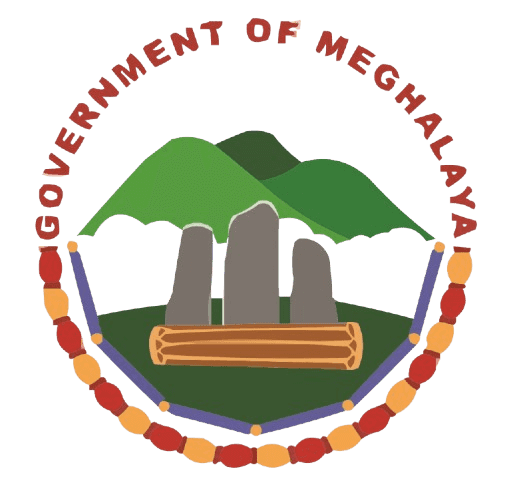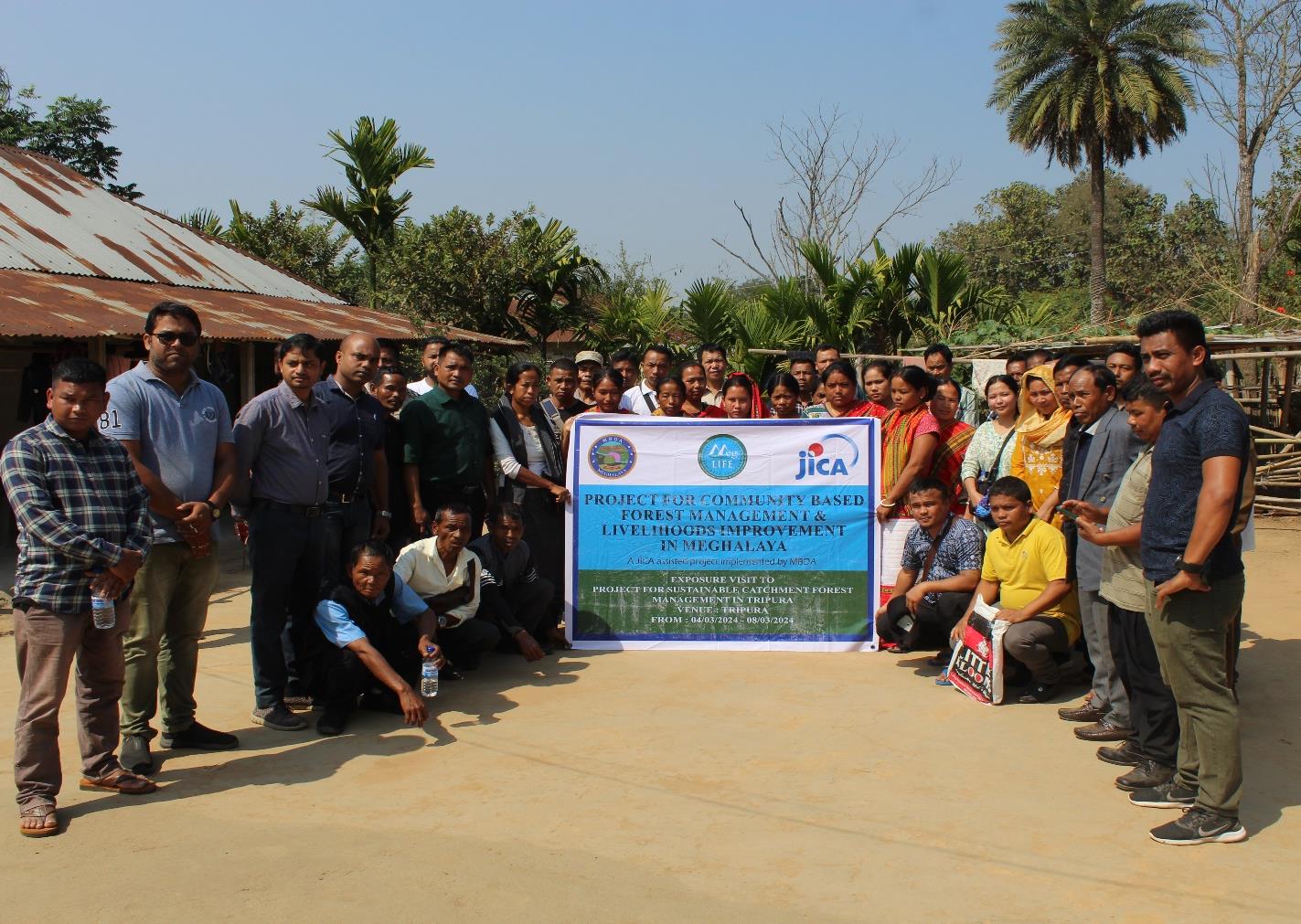
Exposure Visit to Tripura
Overview
A delegation comprising 24 VPIC leaders across four blocks and five MegLIFE staff from the Khasi and Garo regions representing each district, embarked on an exposure trip to Tripura from 04th to 08th March 2024. The exposure trip to Tripura, organized as part of the MegLIFE project, aimed to provide representatives from various villages with insights into sustainable forest management and livelihood improvement, drawing from the experiences of the SCATFORM project.
DAY 1: Visit to Sepahijala DMU
The first day of the field exposure program took us to various locations within the Sepahijala DMU, including the Khumpui Bodol Joint Forest Management Committee (JMFC) and the Kalkalia Beat in Jampui Jala Range Management Unit (RMU). These visits likely provided valuable insights into forestry management and community engagement in conservation efforts.
- Visiting the Earthen Check Dam Model-11 cum fisheries pond. This not only contributes to water conservation but also provide additional financial benefits to Self-Help Groups (SHGs) by supporting their livelihoods through fisheries activities within the community that promote sustainable development and community empowerment.
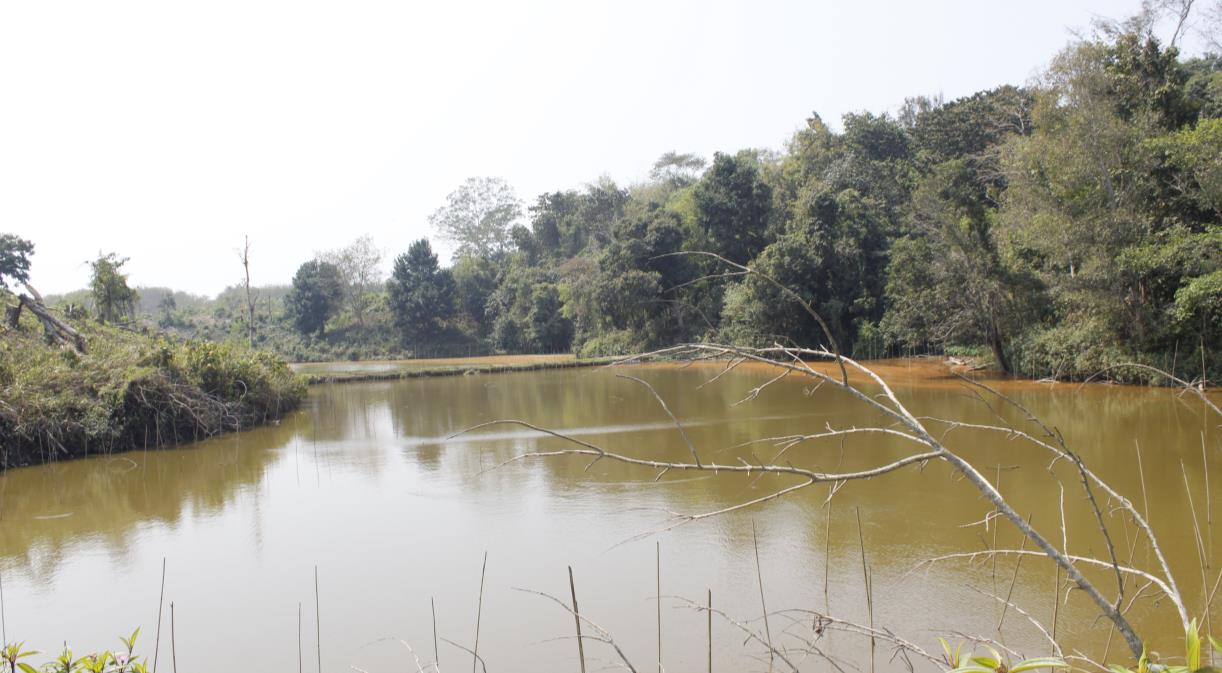
- Exploring Rabindra Djb's agro forestry plantation has been enriching experience Agro forestry, with its combination of trees, crops, and sometimes livestock, promotes biodiversity, soil health, and sustainable land use. It's impressive to see such diverse plantings like arecanut, agar, turmeric, and vegetables, showcasing the potential for integrated and resilient farming practices.
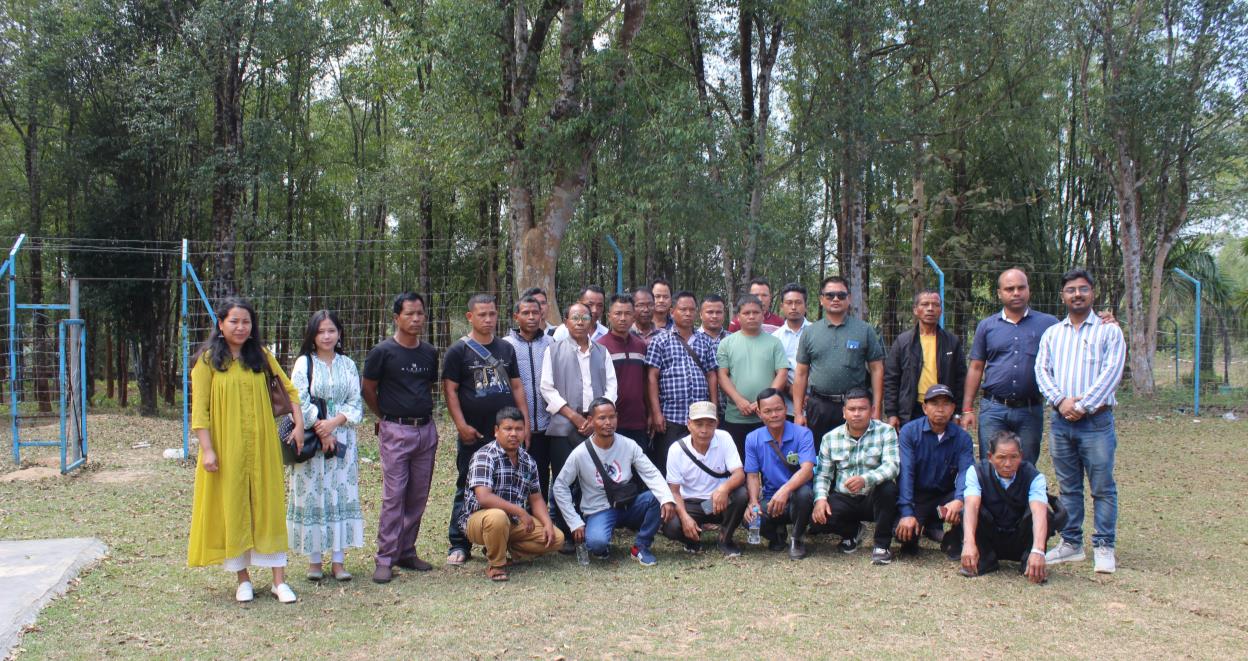
- The AR plantation in Khumpui Jala JMFC, established in 2022- 2023 was also a great initiative. Planting species like agar, jam, kathal (jackfruit), kamaranga, and latkhan not only contributes to biodiversity but also holds promise for sustainable resource management and potential economic opportunities for the community in the future. It's encouraging to see efforts toward reforestation and diversified plantations.
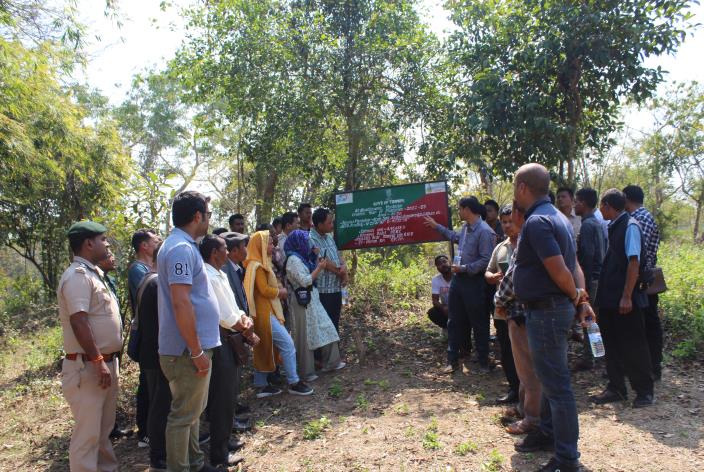
- The interaction with the members of Khumpui Bodal JMFC,Forest Ranger, SDO and SHGs was insightful. Learning about the SHGs utilization of funds and loans from JMFC for piggery farming highlights the importance of support mechanisms for rural livelihoods. Additionally, receiving guidance on maintaining registers and records demonstrates the commitment to transparent and accountable management practices within the community. Interaction with the members of Khumpui Bodal JMFC and SHGs.
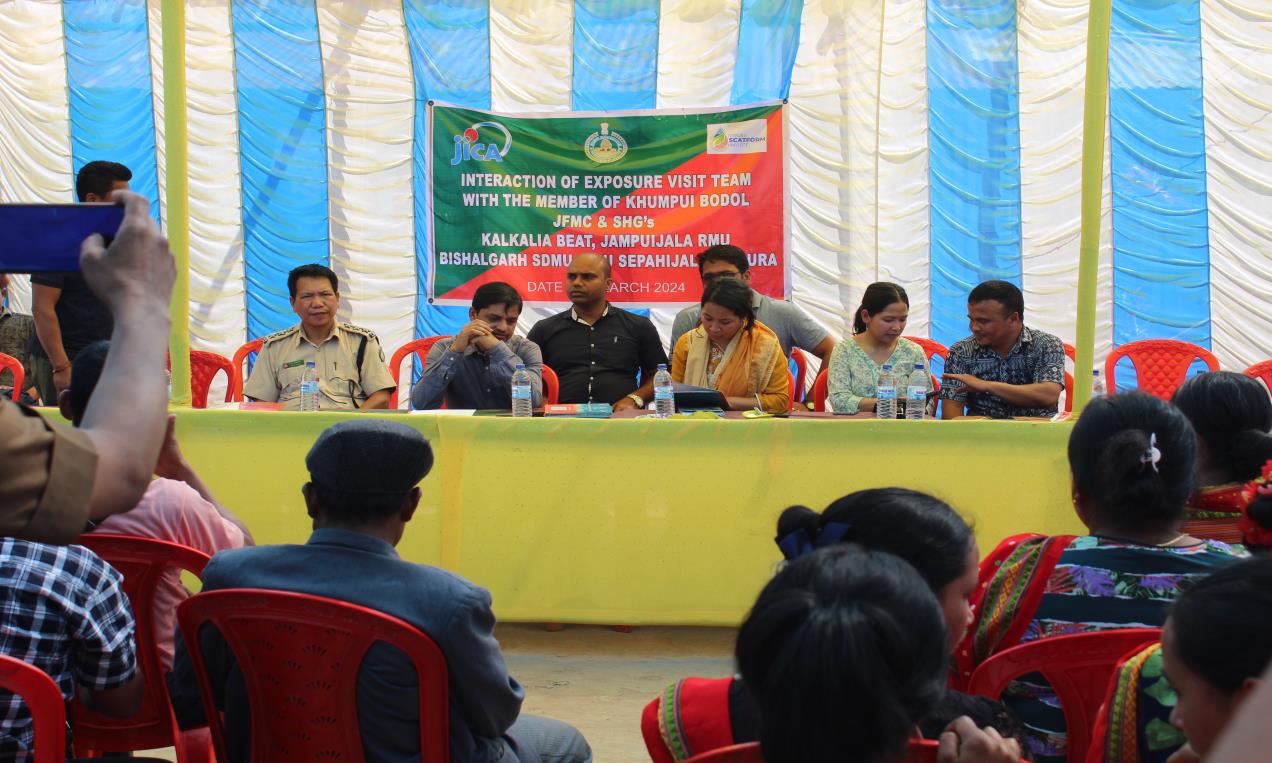
- Visiting the Government Zoo of Tripura which plays a crucial role in conservation efforts, education, and research. Exploring the diverse range of wildlife housed there likely provided valuable insights into the region's biodiversity and conservation initiatives.
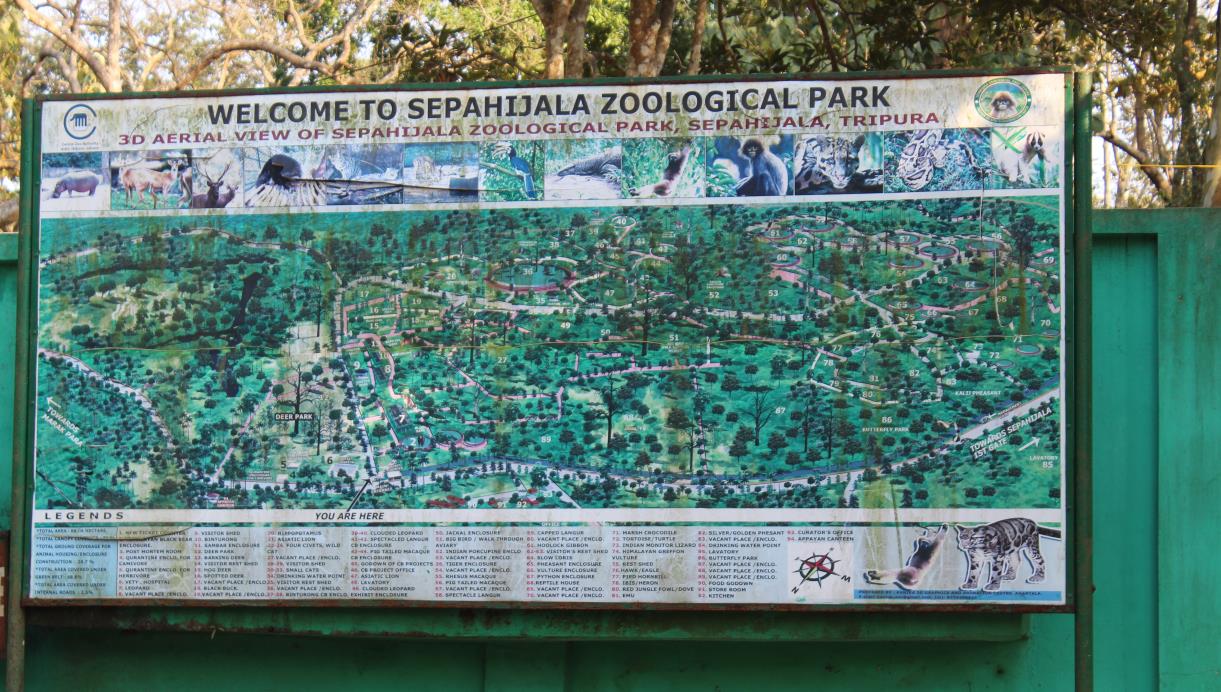
DAY 2: Exploring Padmabil RMU
- Attending the Hornbill festival of Tripura sounds was a vibrant cultural experience. All Self-Help Groups (SHGs) of JMFC under the SCATFORM project participated and showcased their products. Such events not only celebrate local culture and traditions but also provide valuable opportunities for SHGs to promote their products and generate income, contributing to community development and empowerment.
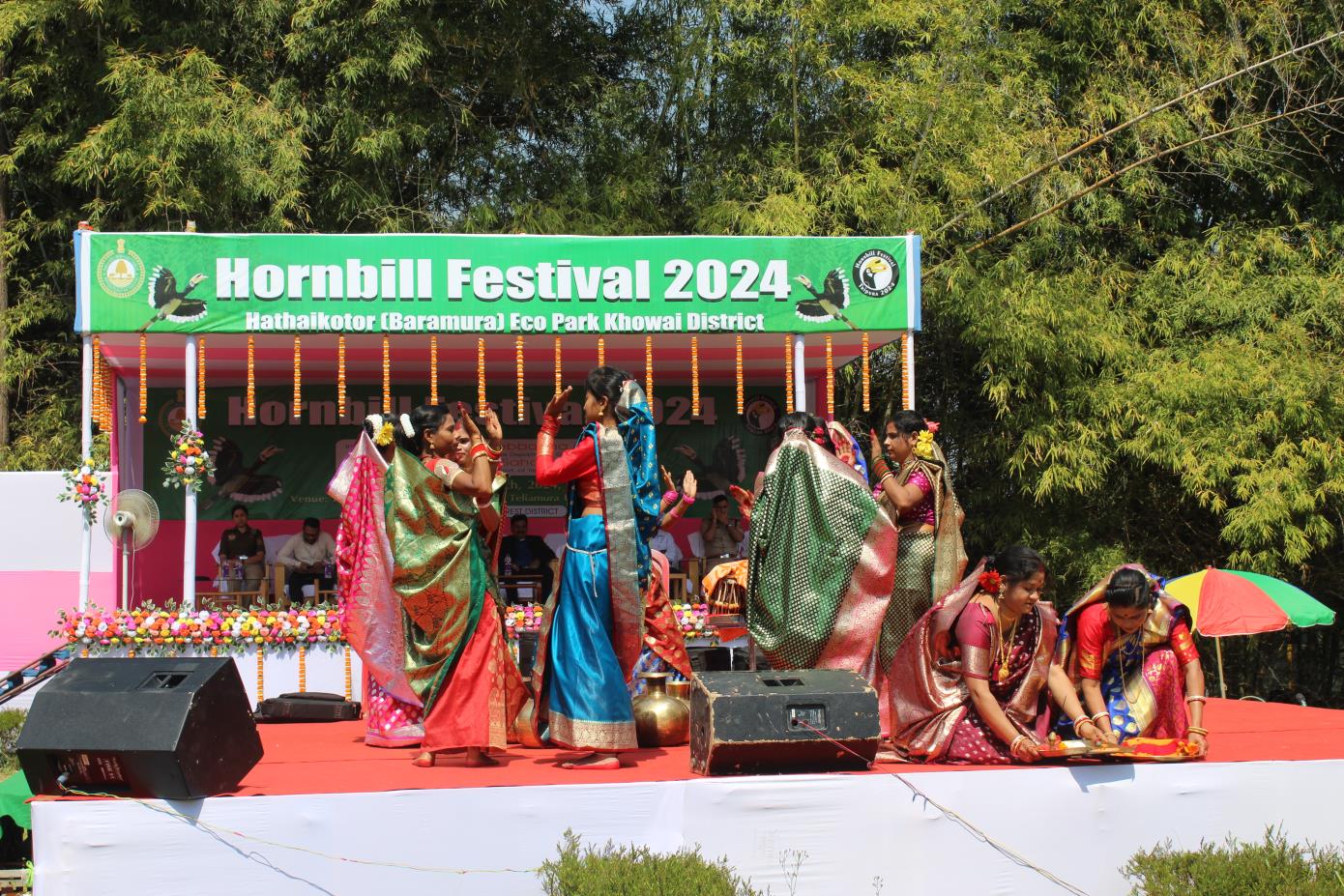
- Exploring the AR plantation of Upendra JMFC in the Padmabil Range which is planted in the year 2022-2023.Planting species like Arjun, Bahera, Kathal, and Dhup Agar demonstrates a commitment to biodiversity and sustainable forestry practices. These plantations not only contribute to ecosystem health but also hold potential economic benefits for the community in terms of timber, medicinal products, and other forest produce.
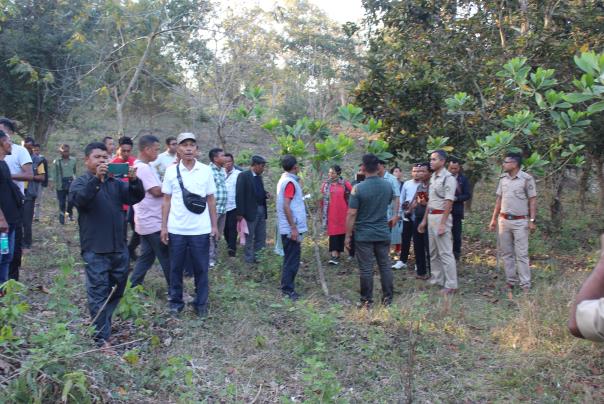
- Visiting the check dam cum Scientific Fish Farming site under Upendra JMFC RC Ghat Beat House in Padmabil RMU sounds like an educational experience. Combining water conservation with scientific fish farming techniques demonstrates a holistic approach to resource management and livelihood enhancement. Such initiatives likely play a vital role in supporting local communities and promoting sustainable development in the region.
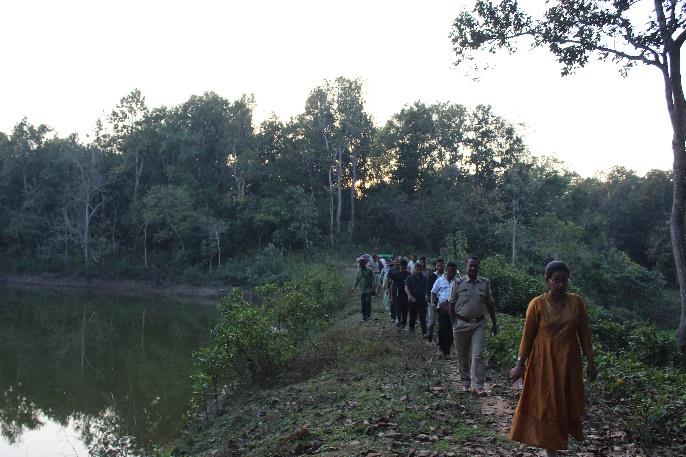
- Exploring the Padmabil high-tech nursery managed by the Government of Tripura Forest department, overseen by the Padmabil Forest Ranger in Khowai, Tripura. The variety of species raised in the nursery, include Ritha, Nageswar, Agar, Bogi poma, Bakul etc Additionally, visiting a temporary nursery of bamboo species likely provided insights into the importance of bamboo as a versatile and sustainable resource in the region.
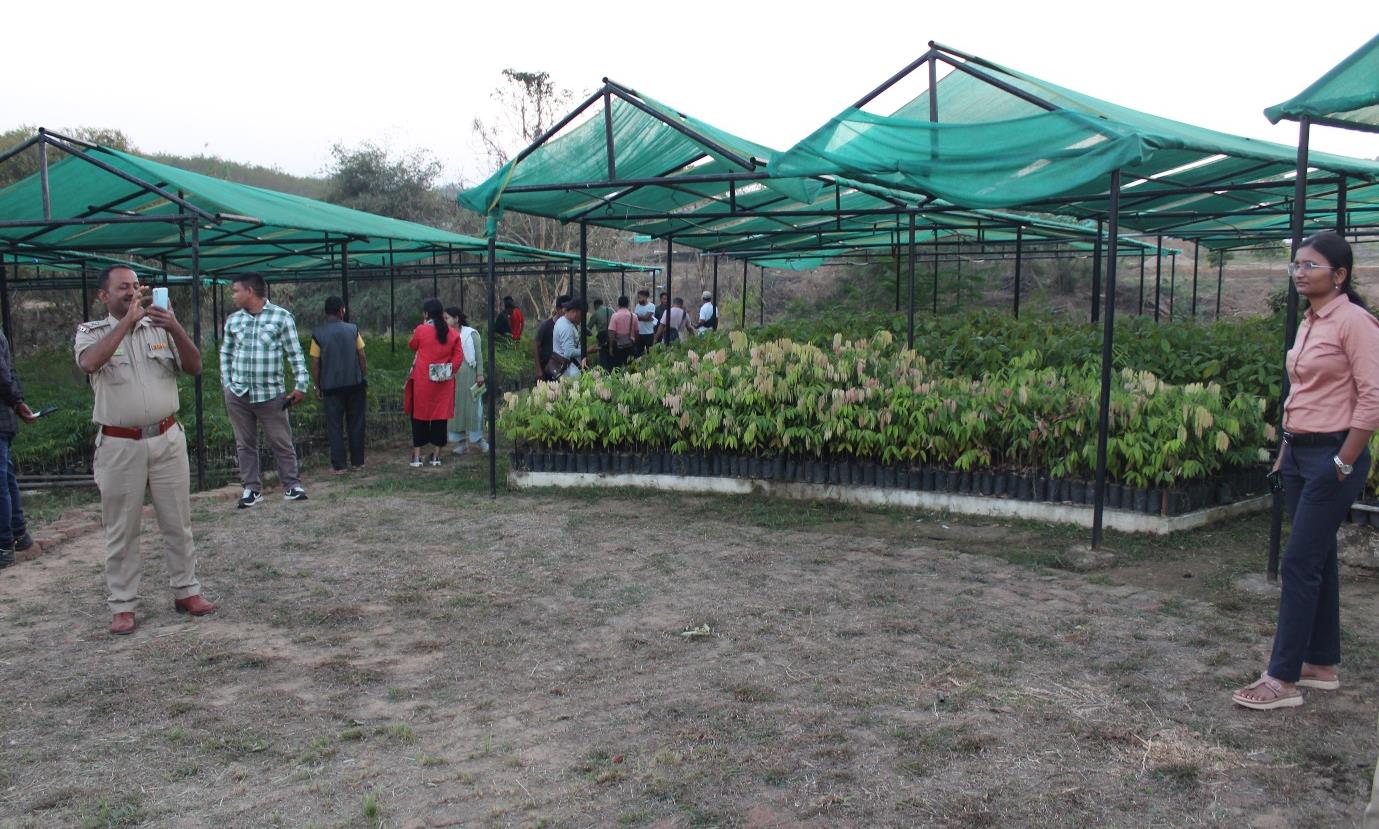
- Entrusting the agroforestry plantation to Anil Deburma of Upendra JMFC shows a dedication to sustainable land management and community involvement. Planting species like bamboo, jackfruit, pineapple, and maize demonstrates a thoughtful approach to agroforestry, incorporating both economic and ecological benefits. This initiative likely contributes to biodiversity conservation, food security, and livelihood enhancement in the region.
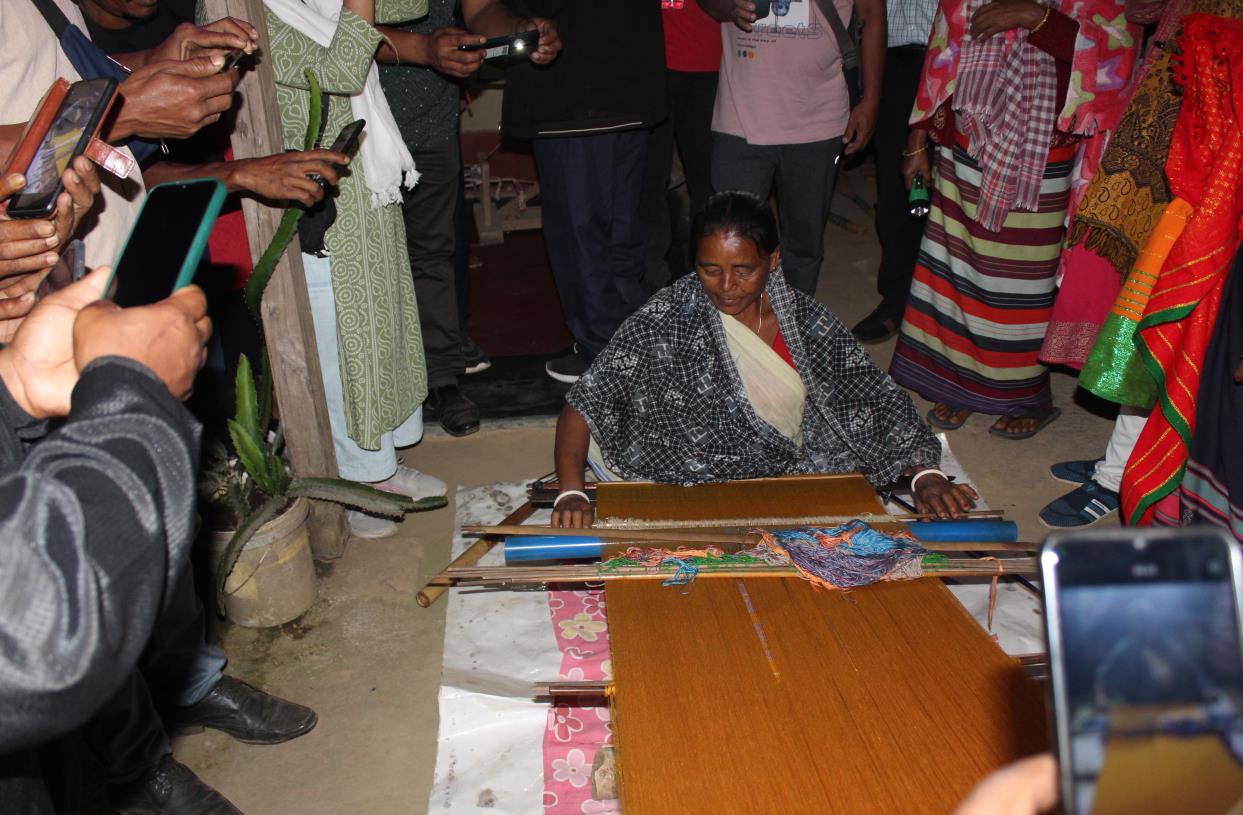
- Interacting with the Hathung Hathai Bodol SHG of South Gayamani JFMC under Padmabil RMU have been enlightening. Their involvement in handloom activities, particularly producing local traditional attire, showcases the rich cultural heritage of the region. Supporting such initiatives not only preserves traditional crafts but also empowers local communities economically. It's inspiring to see SHGs engaging in activities that promote both cultural identity and sustainable livelihoods.
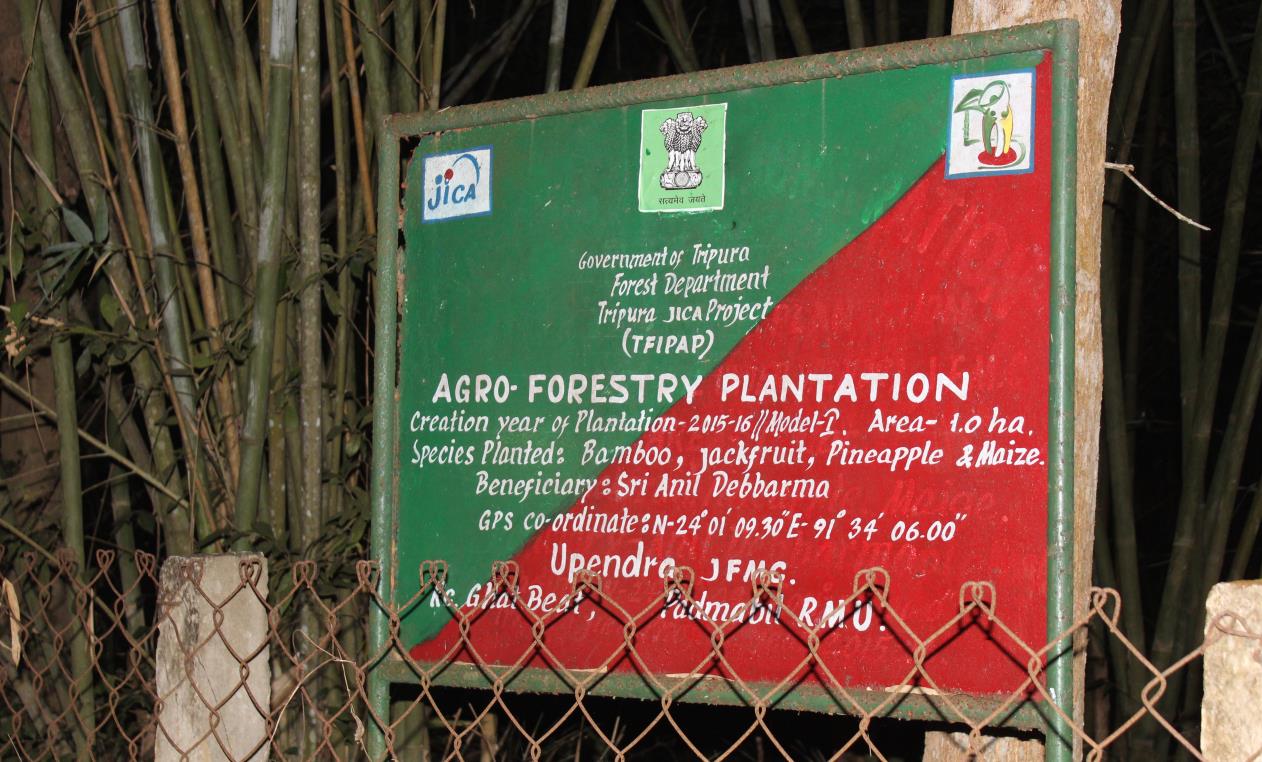
DAY 3: Visit to Agartala
- Visiting the Oxygen Park in Agartala, conceptualized to combat air pollution, showcases a proactive approach to environmental conservation. With its diverse array of trees like bamboo, teak, neem, gulmohar, eucalyptus, and mahogany, the park not only enhances air quality but also promotes biodiversity and provides a serene space for the community. Additionally, learning about fernariums and orchidariums highlights the dedication to preserving and showcasing unique plant species.
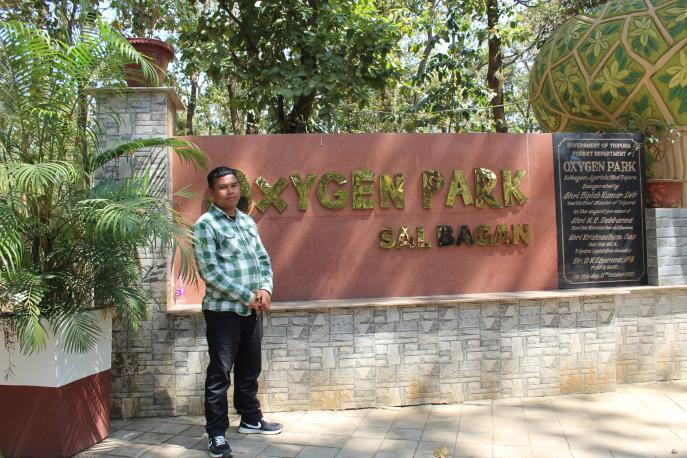
- Visiting the agar plantation highlights Tripura's leading role in the agar sector in the northeast. With a target revenue of 2000 crores from agaragar, Tripura's focus on this sector underscores its economic importance. Agar, as Tripura's state tree, falls under Non-Timber Forest Produce (NTFP) due to its dual use for oil extraction and not directly for timber. The process of agar production, including natural and artificial infection by a worm, adds to its unique value. While agar is in higher demand in Middle Eastern, Arab, and European countries, its price in India, starting at 20 lakhs per kilogram, reflects its high value and potential for economic growth.
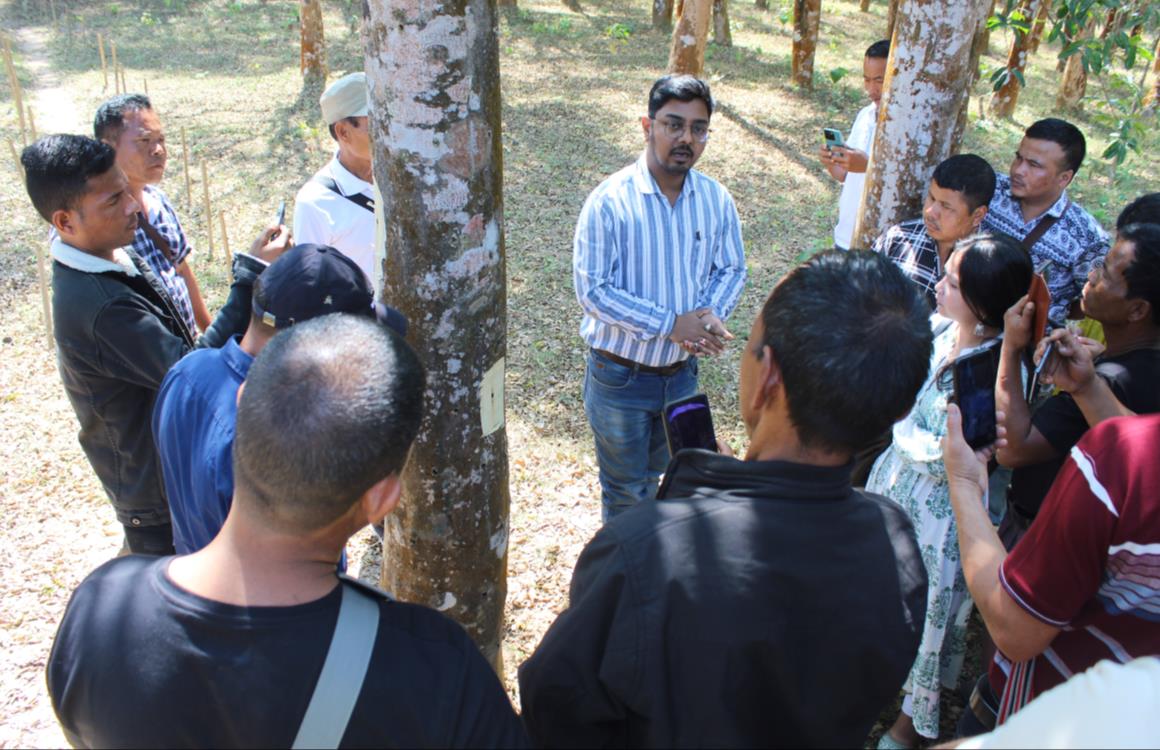
- Meeting with the CEO and PD of SCATFORM (Strengthening Capacities for Forest Ecosystem Management and Livelihoods Improvement in Tripura) have been informative. The presentation on the SCATFORM project, supported by JICA (Japan International Cooperation Agency), likely highlighted the objectives, achievements, and future plans for enhancing forest ecosystem management and livelihoods in Tripura. Such collaborations play a crucial role in sustainable development and capacitybuilding initiatives.
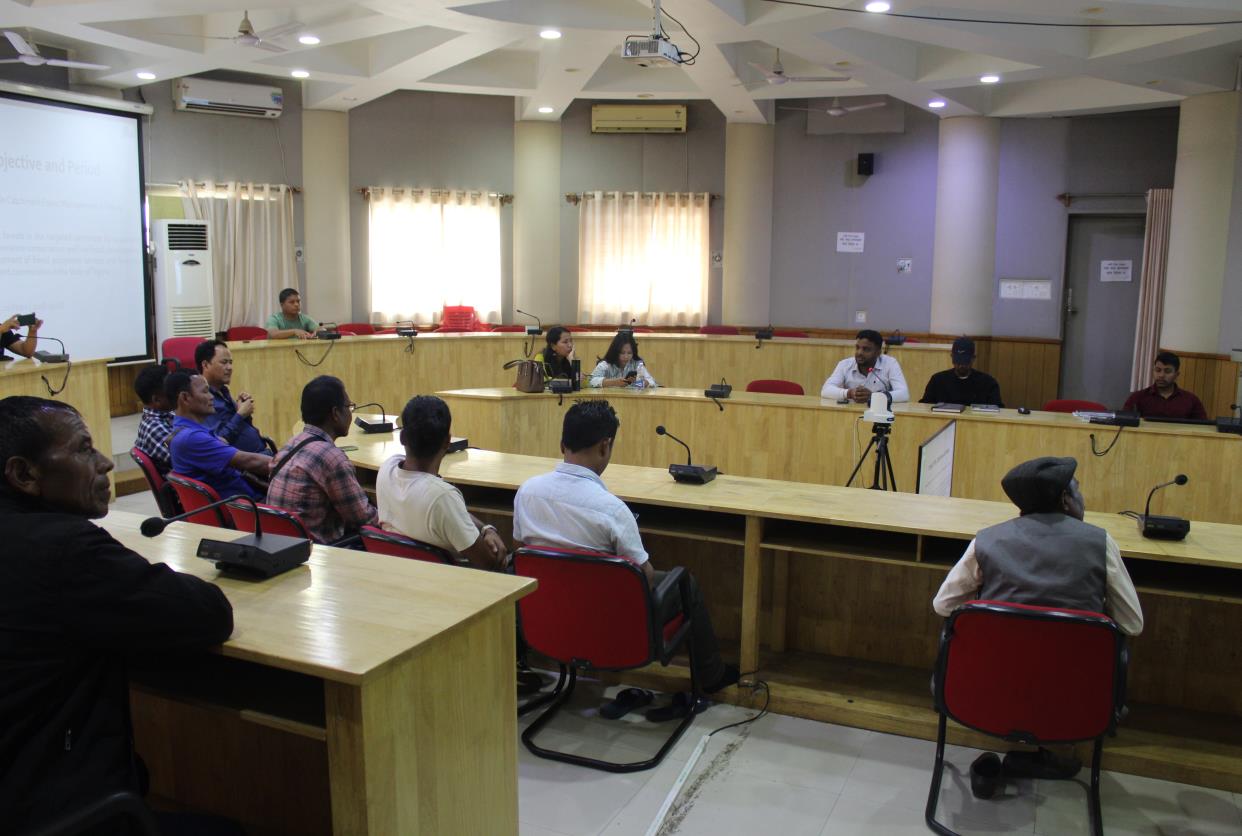
- Visiting Crafts and More, implemented by JICA, and seeing the various bamboo handicrafts being sold have been a delightful experience. These initiatives not only promote local craftsmanship but also support sustainable livelihoods and economic development. It's wonderful to see efforts to showcase and market traditional skills and products, contributing to the preservation of cultural heritage and the empowerment of local artisans.
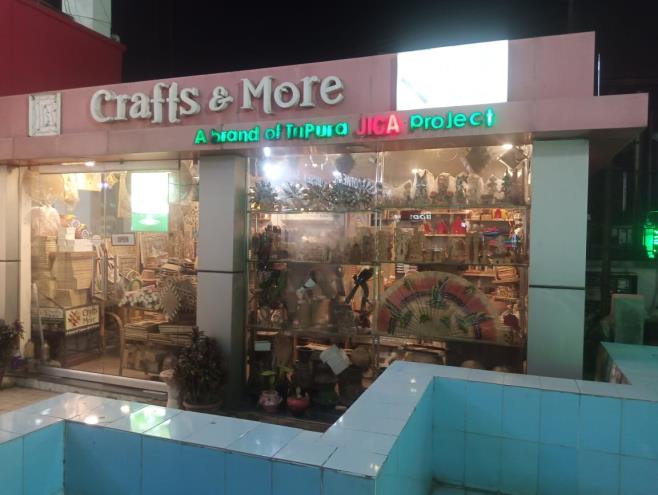
Findings and observations
It's interesting to learn about the land management practices in Tripura, where the government entrusts local beneficiaries with "pattas" to cultivate forest land for agroforestry purposes, promoting both economic development and land stewardship. It's positive to hear that there are fewer forest fires in Tripura's forests. This could be attributed to various factors such as effective forest management practices, community involvement in fire prevention efforts, and possibly favorable environmental conditions. Continued vigilance and proactive measures are crucial to maintaining this trend and preserving the biodiversity and ecological balance of Tripura's forests. This approach resonates well with representatives of villages, who appreciate the benefits it brings. Additionally, the involvement of Self-Help Groups (SHGs) highlights the importance of community participation in achieving financial goals and fostering sustainable development. These activities were designed to help participants understand the benefits of the projects and implement various activities for profitable outcomes in their communities.
Conclusion
By observing the activities undertaken by the SCATFORM project in Tripura, the participants were expected to grasp the significance of these initiatives and learn how to implement similar practices in their own communities for the benefit of the people.
Expressing gratitude to the SCATFORM team for providing such an insightful exposure is wonderful. Witnessing firsthand the various activities being implemented can indeed be impactful and inspiring. It's heartening to hear that there's a hope to implement similar positive initiatives in Meghalaya, which could contribute to the sustainable development and conservation efforts in the region. Collaborative learning and sharing of best practices are essential for fostering progress and environmental stewardship.




